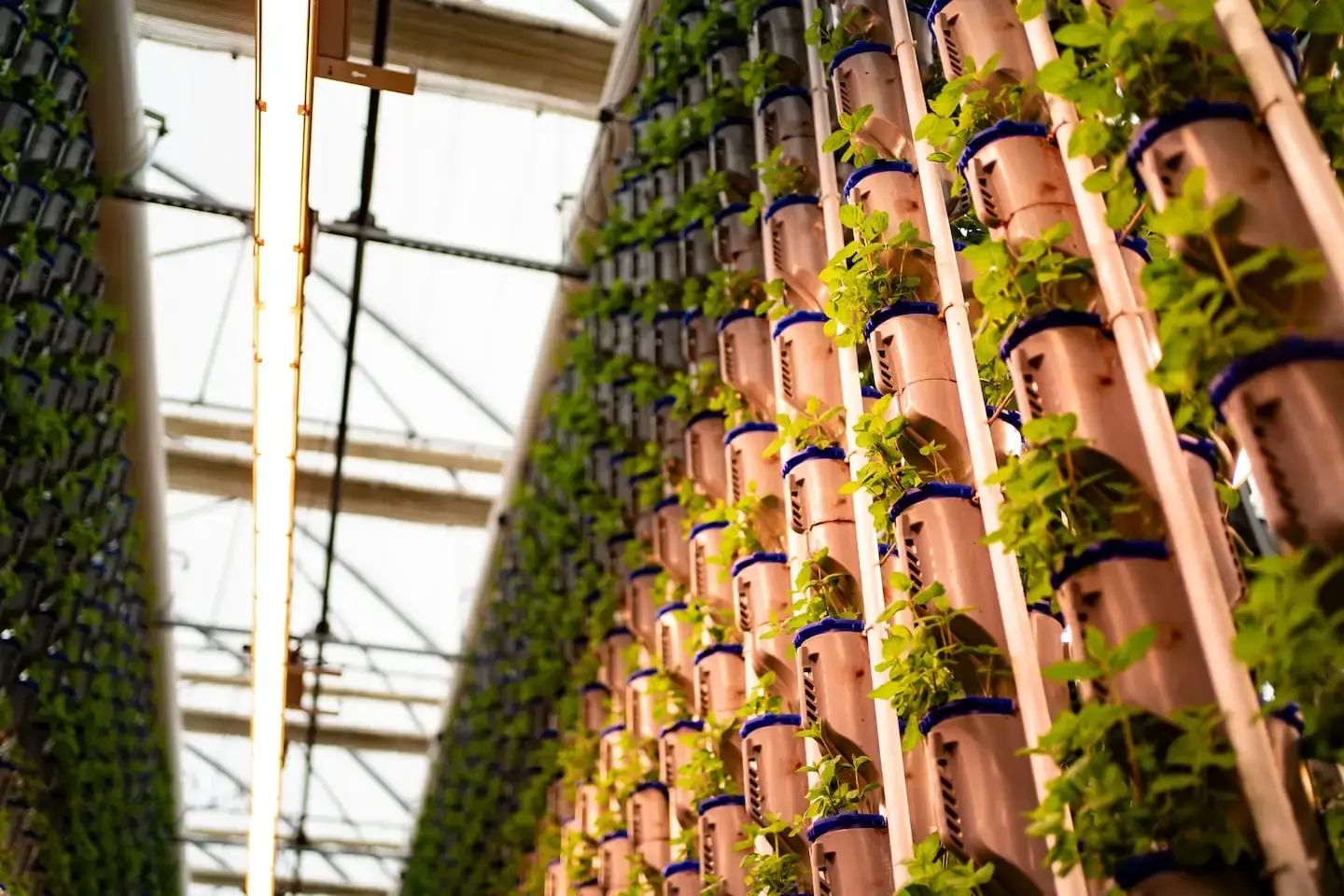Energy use in the industry varies widely depending on greenhouse size and what crops are being grown. A study of 12 indoor farms by the nonprofit Resource Innovation Institute found that five of them used as much energy, per square foot, as a hospital. One vertical farm, an outlier, was guzzling as much energy as a data center.



What were they actually growing, how often did they do thouse crops, and most importantly, where actually was this? I ask because things like maintaining a firewatch or cesspool don’t sound liek tasks you’d find on a mechanized breadbasket planes or irrigated valley wheat or corn farm that make up the majority of north american food production.
I mean obviously my experience is going to be tailored to the farmland I actually live on, but statistically the US national average somewhere about six to eight farm workers per square mile, and that’s doing things like assuming that companies have multiple times as many completely undocumented workers than they do H-2A visa’s, report on taxes, or who show up in studies on undocumented workers.
Given that’s an average that includes orchards and hand crops which take about an order of magnitude more labor-hours than the heavily mechanized crops we are taking about that’s going to be a significant overestimate.
All of this though is pretty irrelevant to the original question though, which had to do with moving to systems that outside of the rosey picture presented by tech startups looking to make investors horny by promising that all their labor costs can be replaced by stepper motors invariably involve vast increases to the amount of low wage manual labor actually needed to produce a ton of food. Or that such a change to a far more carbon intensive way of producing food is a really bad thing when climate change exists.
I agree that it is worth looking at this in a more distinguished way, but carbon budgets for large farms rarely take into account the carbon emissions produced by organic soil loss, besides the vast negative effects that has otherwise. Indoor farms on the other hand can be pretty carbon neutral after their initial construction, assuming that the electricity they use comes from renewable energy sources.